In our search for THE most comfortable material, suitable for a certain type of typically feminine clothing, we quickly fell in love with Ecovero viscose.
Soft, fluid, comfortable, biodegradable, low impact , ... so many words to describe this material that has allowed us to create the most feminine piece in our wardrobe so far (we'll tell you about it at the end of this article 👇).
But every time we talked about this material around us, we were always asked if it wasn't a pasta dish rather than textiles.
We have written a short article for you to find out everything about this incredible material.

What is Ecovero?
As usual when we develop a new garment, we are offered to use cotton . And we hesitated for at least 2 whole seconds 🙃
But in reality, we are not fans of this plant which has a water drop that we would not want to climb on a bike.
In fact, since the creation of Lucid, we had the desire to launch a range of clothing in Ecovero or Tencel (similar) thanks to their incredible technical characteristics and their limited environmental impact. The development of this new garment therefore came at just the right time.
But actually Jamy, what is Ecovero?

This material was patented by Lenzing (Austria) in 2017 and follows a process similar to viscose but with a much less polluting manufacturing process (we'll tell you about it right after).
In short: we take wood, dissolve it in a non-polluting chemical solvent to recover the cellulose and transform it into sheets. Then, the cellulose is dissolved in a pulp to finally be spun and used to make textiles.

Is Ecovero better than cotton?
We told you above that we hesitated for at least 2 whole seconds with cotton when choosing the textile.
This was mainly due to the fact that during our research, we saw almost only cotton clothes, whereas we are generally against them .
And when we looked at the Ecovero, we were quickly won over:
💧 Consumes almost 10x less water than cotton, 2x less than viscose
🌫️ Emits almost 2x less CO2 than cotton and viscose, does not release other toxic gases because the transformation is done in a closed loop
♻️ Biodegradable because biosourced; the textile decomposes naturally in different environments once it reaches the end of its life (it is tested/certified by a third-party organization)
🔎 Traceable thanks to a manufacturing system specific to Lenzing: each textile produced must go through their labs to check its quality and sourcing
🌳 More sustainably sourced : the wood that is used is certified by labels such as FSC and PEFC (normally not from deforestation). The material is even certified by the EU Eco-Label, which should ensure that it involves a less impactful production than the average.
The Ecovero is a bit like the ideal son-in-law.

Is the Ecovero comfortable?
To talk to you about comfort, we have to first tell you a little about this famous new piece : a tank top also soberly called “top”.
The idea to develop this piece did not come from us, it came from the numbers. We noticed that Lucid was followed by 69.7% of women on the networks while 2 out of 3 Lucid clothes sold are models ... men 🤔
So we concluded that our wardrobe lacked a typically feminine item of clothing. Like Bermuda shorts (yes, ok, we've come a long way). 
Our community made us understand that they could not easily find sustainable and local alternatives and that above all, there were no flowing and stylish tops made in Belgium .
So to make it THE piece that you will never want to take off, we had to optimize 2 things on this top :
1) The cut : from the beginning, the watchwords were elegance, freedom of movement, comfort and “you have to hide the bra strap”.
After a good fifteen prototypes and a multitude of field tests, we found the perfect design.

- Has long fibers so are not prone to pilling
- As strong as polyester
- Fluid and fine, therefore very soft to the touch
- High water absorption (more than linen and cotton) so perfect for being comfortable when it's hot
- Heat resistant so less risk of shrinkage when washing
And speaking of washing, this top is perfect for the laziest among us: the Ecovero is not very crease-resistant, so it doesn't necessarily need to be ironed (perhaps we should have started with this argument).
What are the disadvantages of Ecovero viscose?
As usual at Lucid, we stay down to earth and don't sell a solution as perfect.
The Ecovero also has some drawbacks :
- Significantly more expensive than cotton , which makes the final product less accessible
- Artificial fiber therefore still dependent on chemical solvents (even if everything is done in a closed loop and 99% is recovered)
- Risk in wood sourcing : it is necessary to avoid wood coming from deforestation and illegal trade. Certifications that we have discussed before can minimize the risk but zero risk does not exist.
So this is the best alternative we have found so far but it is not perfect 🤝
Conclusion: Ecovero + Tank Top = heart
This is now possible with Ecovero. This material can completely replace cotton , offering similar uses and even more interesting technical characteristics.
Ecovero helps reduce the impact of certain garments with specific technical needs , which cannot be made from materials such as recycled cotton.
Despite this, it is still necessary to be able to ensure the origin and transparency of the value chain , to avoid the raw material coming from deforestation.
This material allowed us to release our first typically feminine piece which, in our humble opinion, has the potential to challenge the textile industry.
Sources:
- Celep, G., D. Tetik, G., & Yilmaz, F. (2023). Limitations of Textile Recycling: The Reason behind the Development of Alternative Sustainable Fibers. IntechOpen
- Seisl, S., Hengstmann, R. (2021). Manmade Cellulosic Fibers (MMCF)—A Historical Introduction and Existing Solutions to a More Sustainable Production. In: Matthes, A., Beyer, K., Cebulla, H., Arnold, MG, Schumann, A. (eds) Sustainable Textile and Fashion Value Chains. Springer, Cham
- Lenzing (2017). The new standard in eco-responsible viscose
- Nguyen Q. (2023). How Sustainable Are EcoVero™ Fabrics? A Life-Cycle Analysis. www.impactfulninja.com
- Lemarchand C (2022). Ecovero viscose, ecological material or not? www.fairytale.eco
- Mesbah M. (2023). What is Lenzing Ecovero? We explain! www.marques-de-France.fr




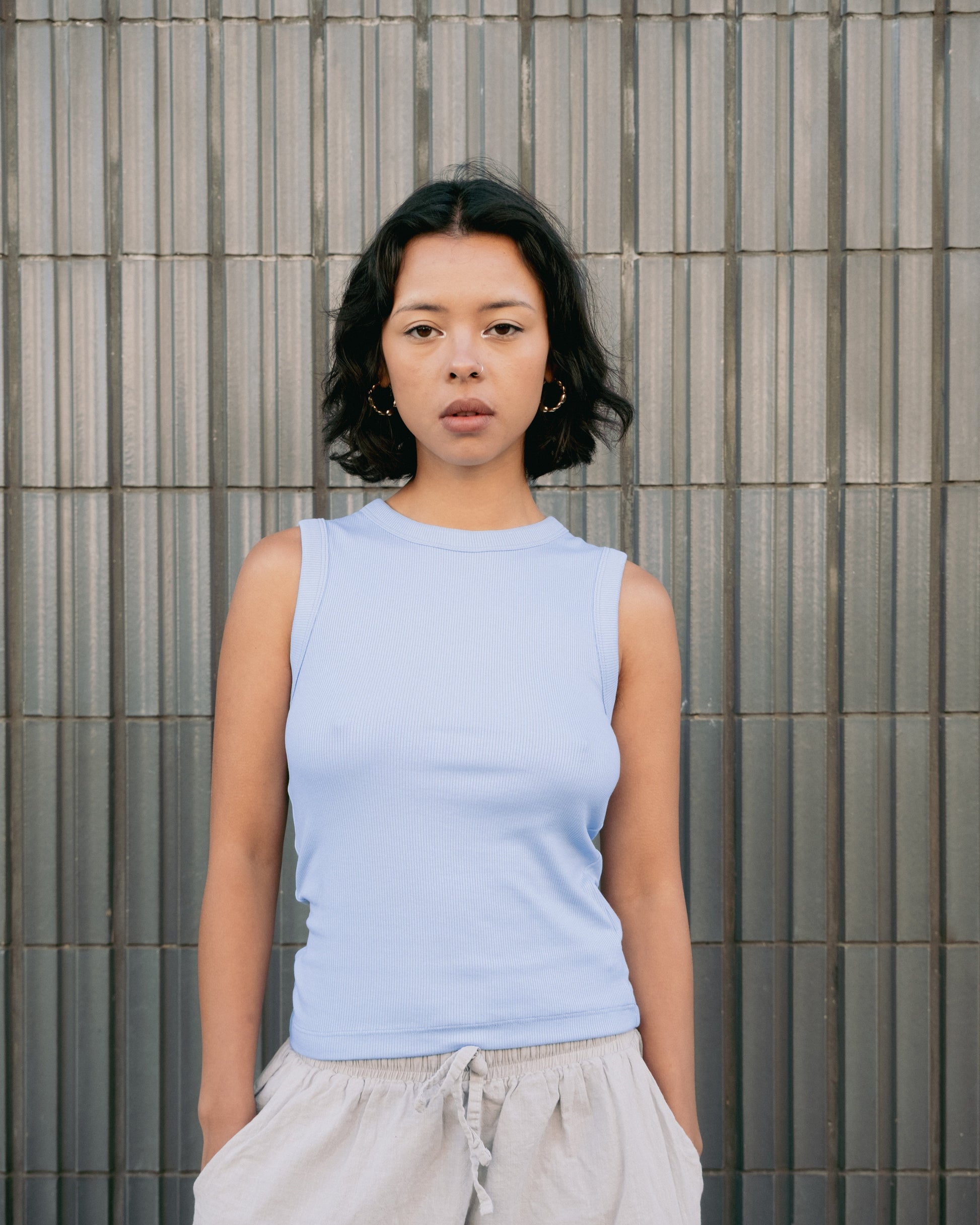





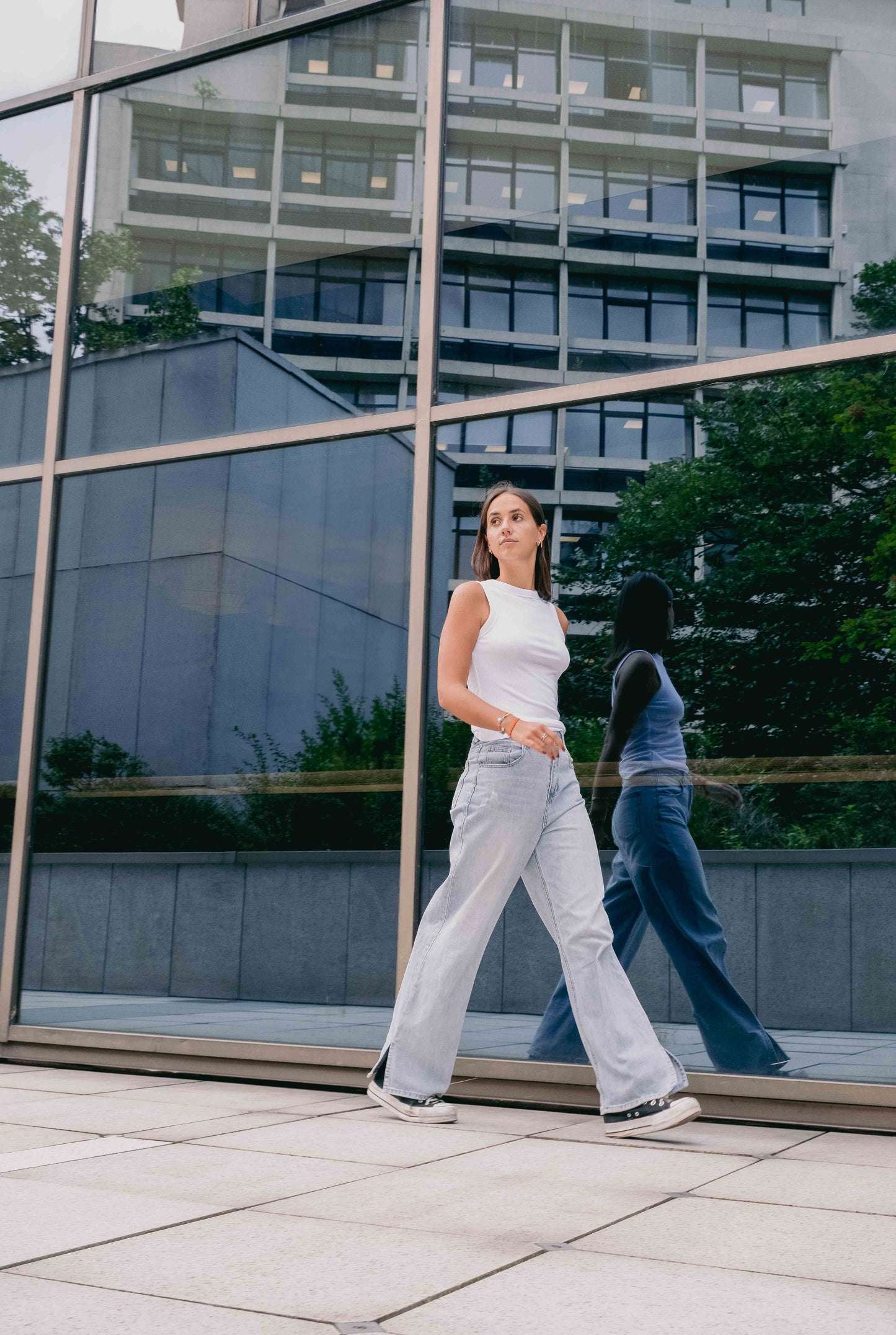



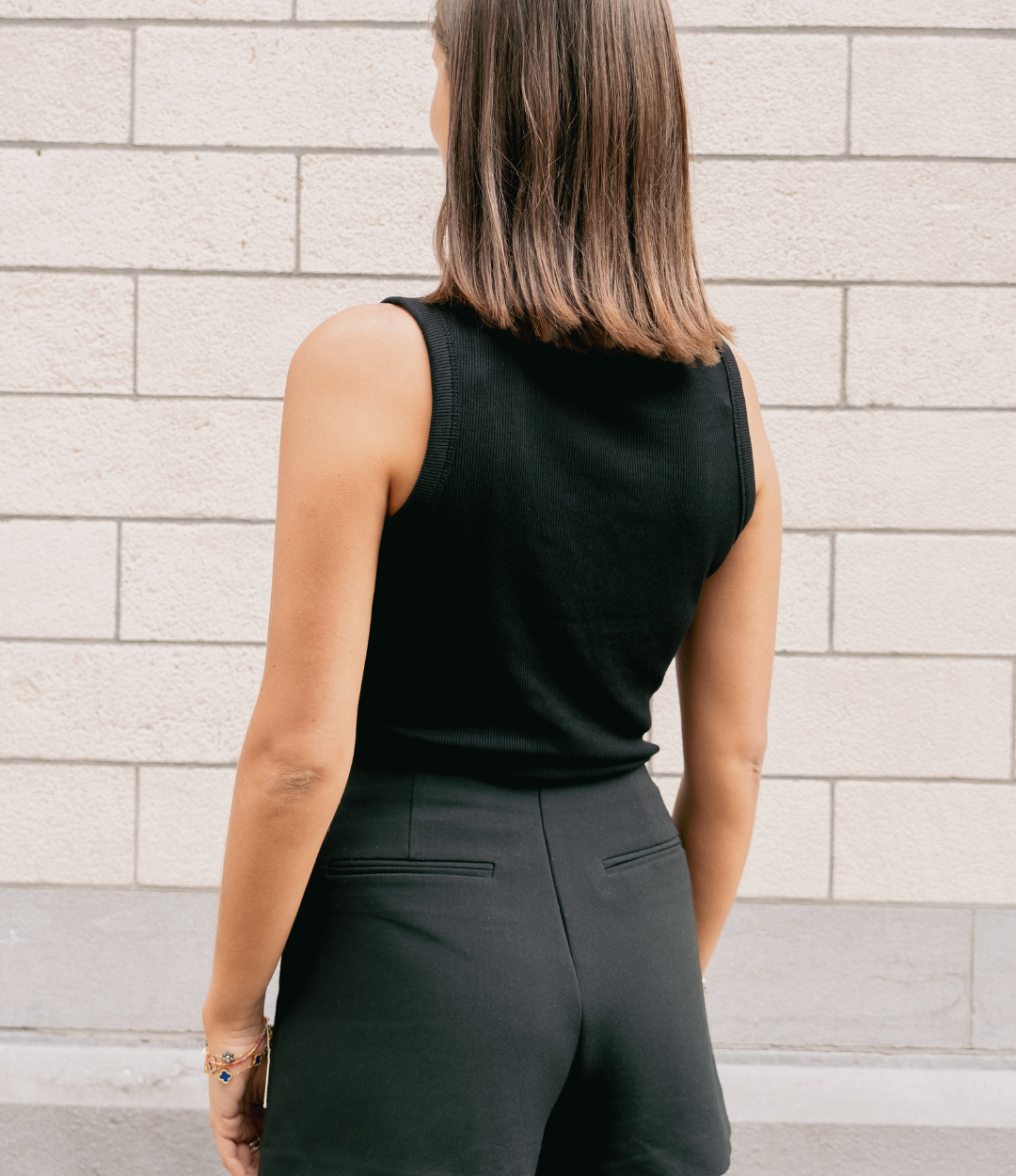
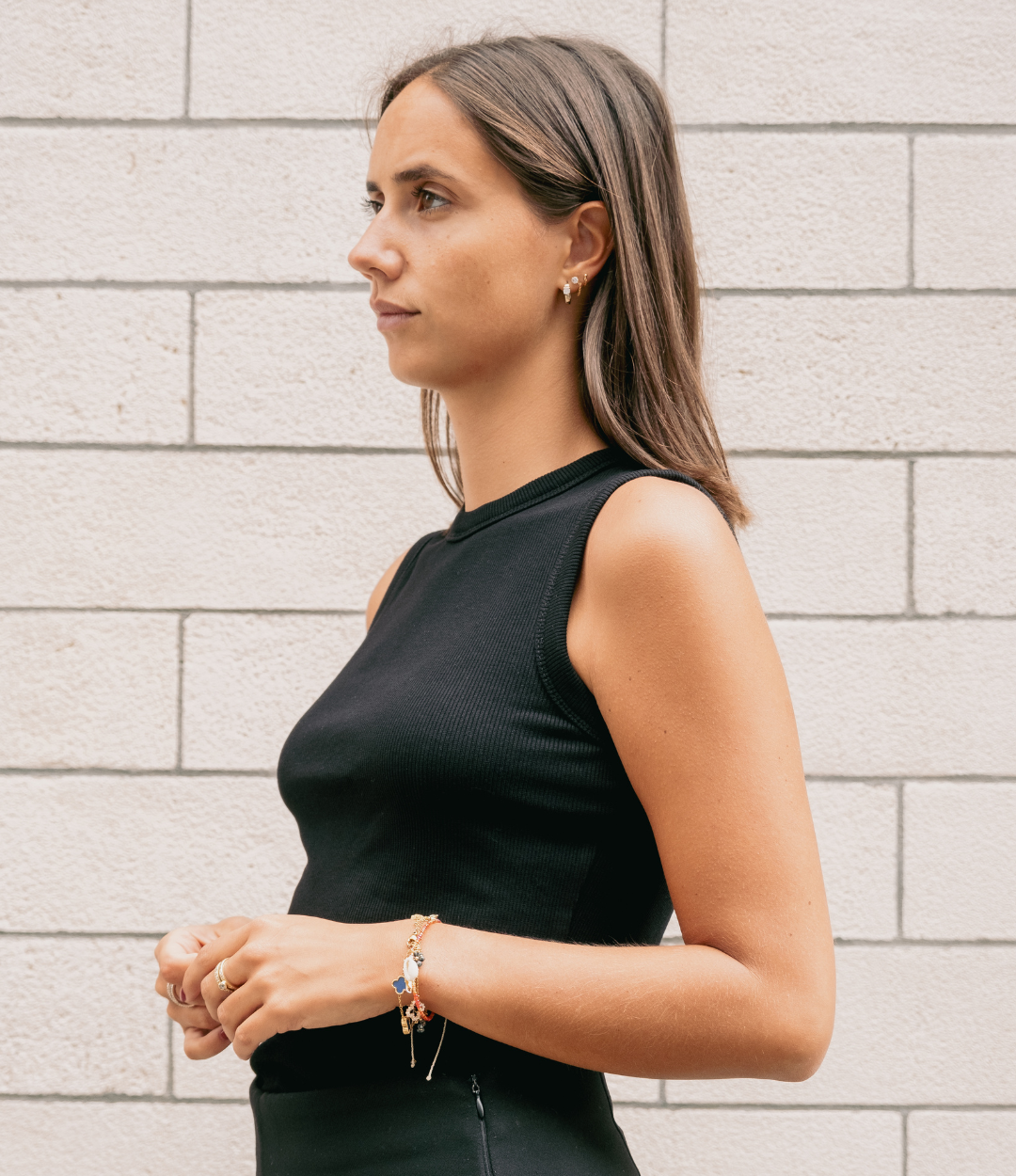
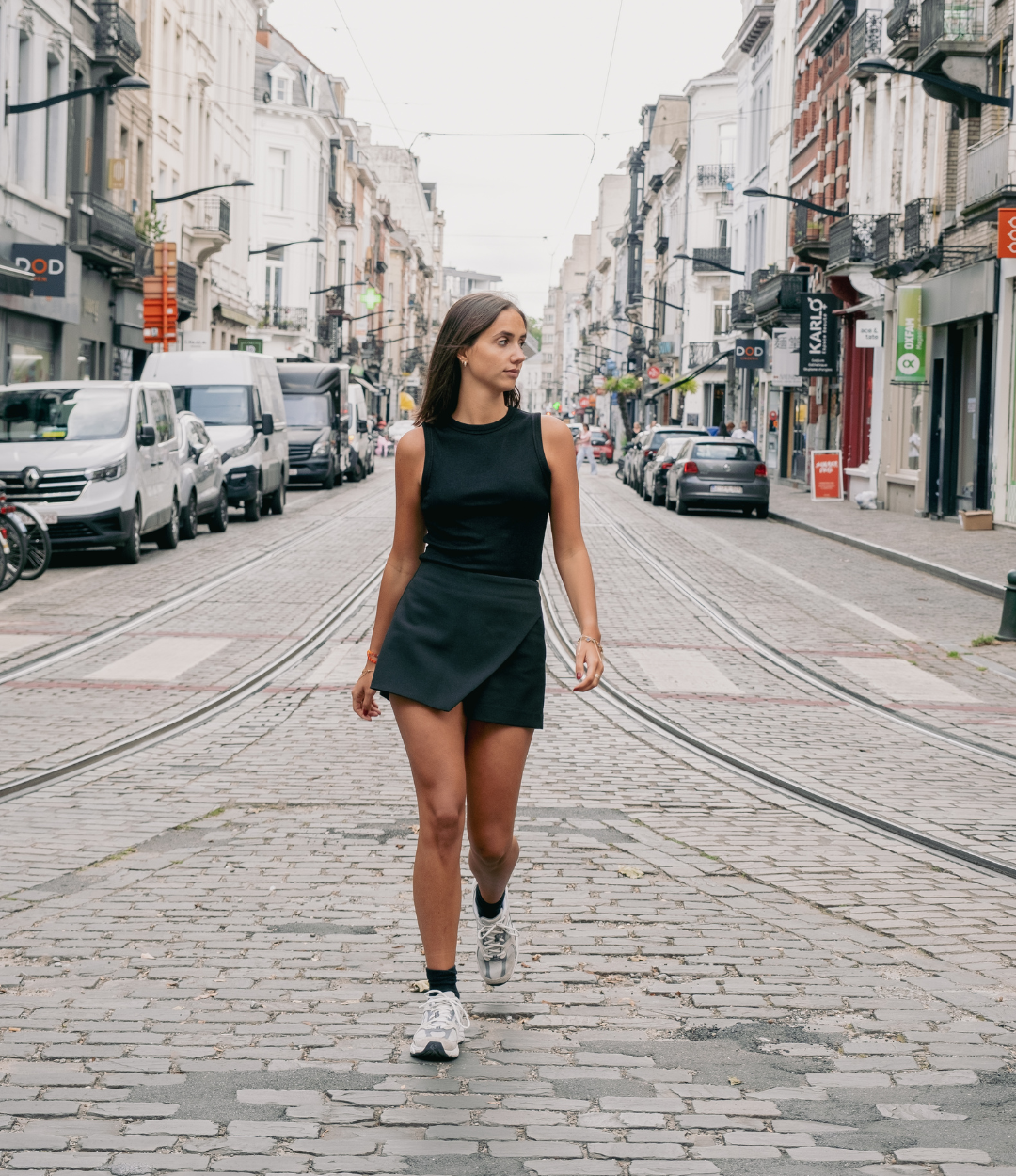
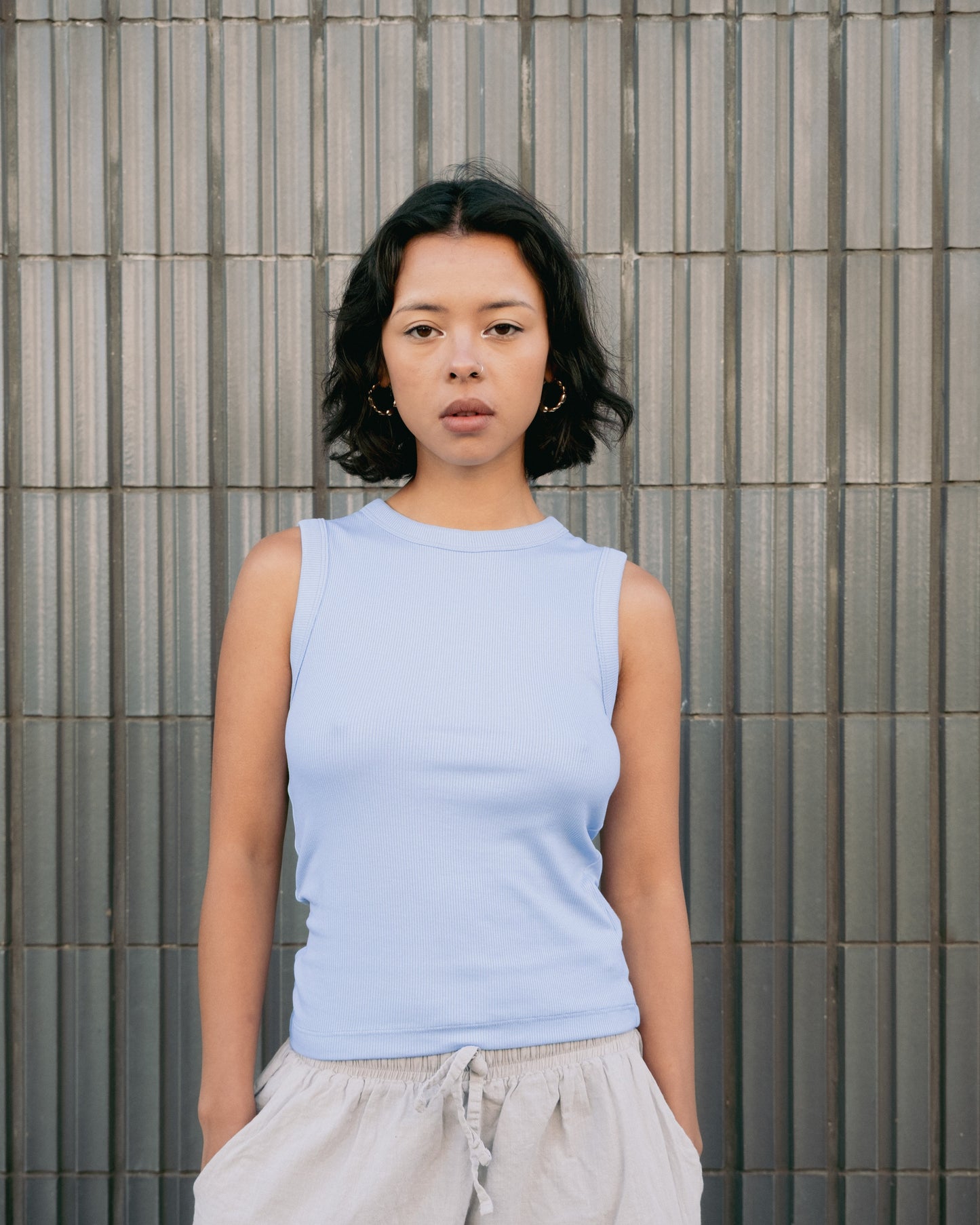
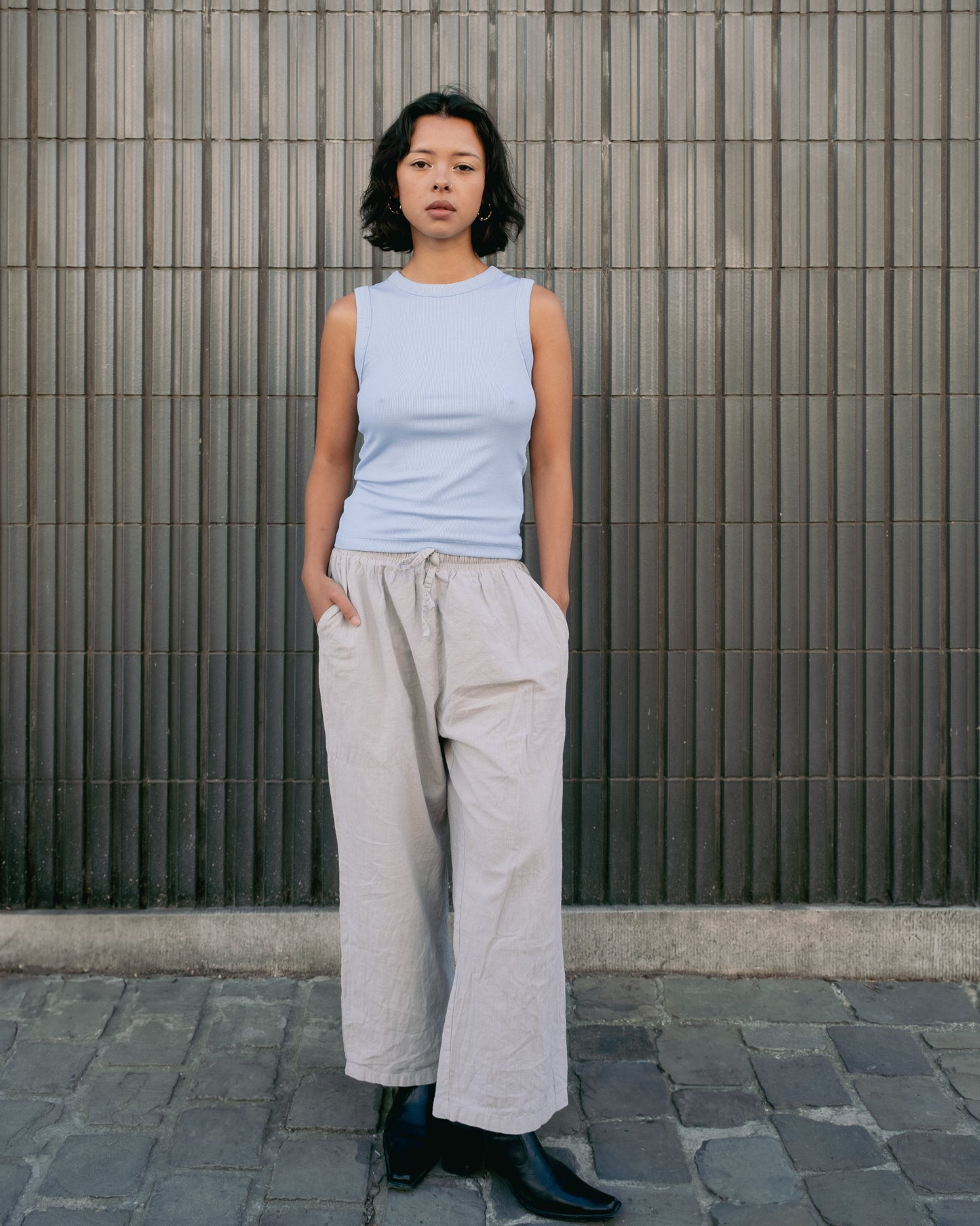
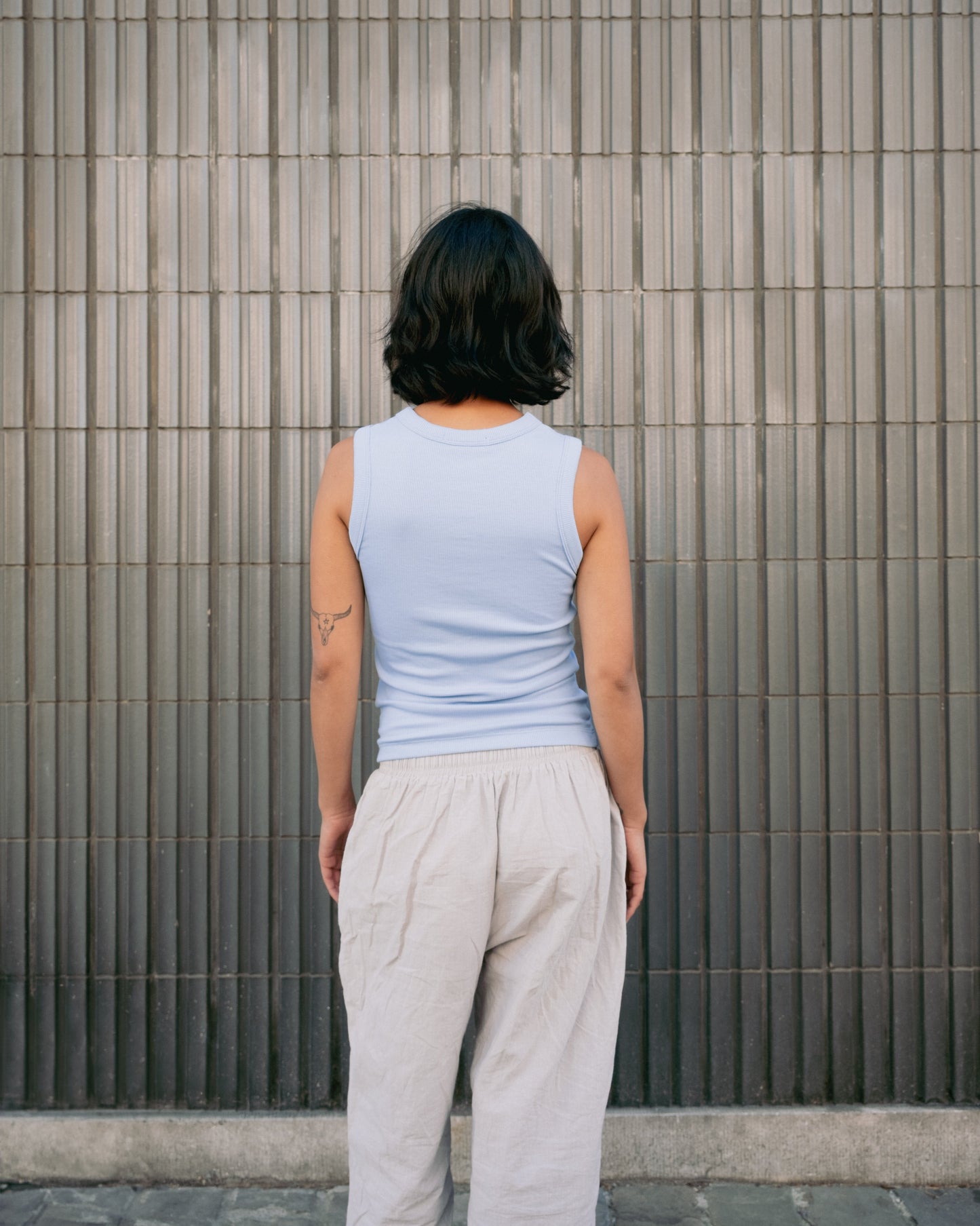
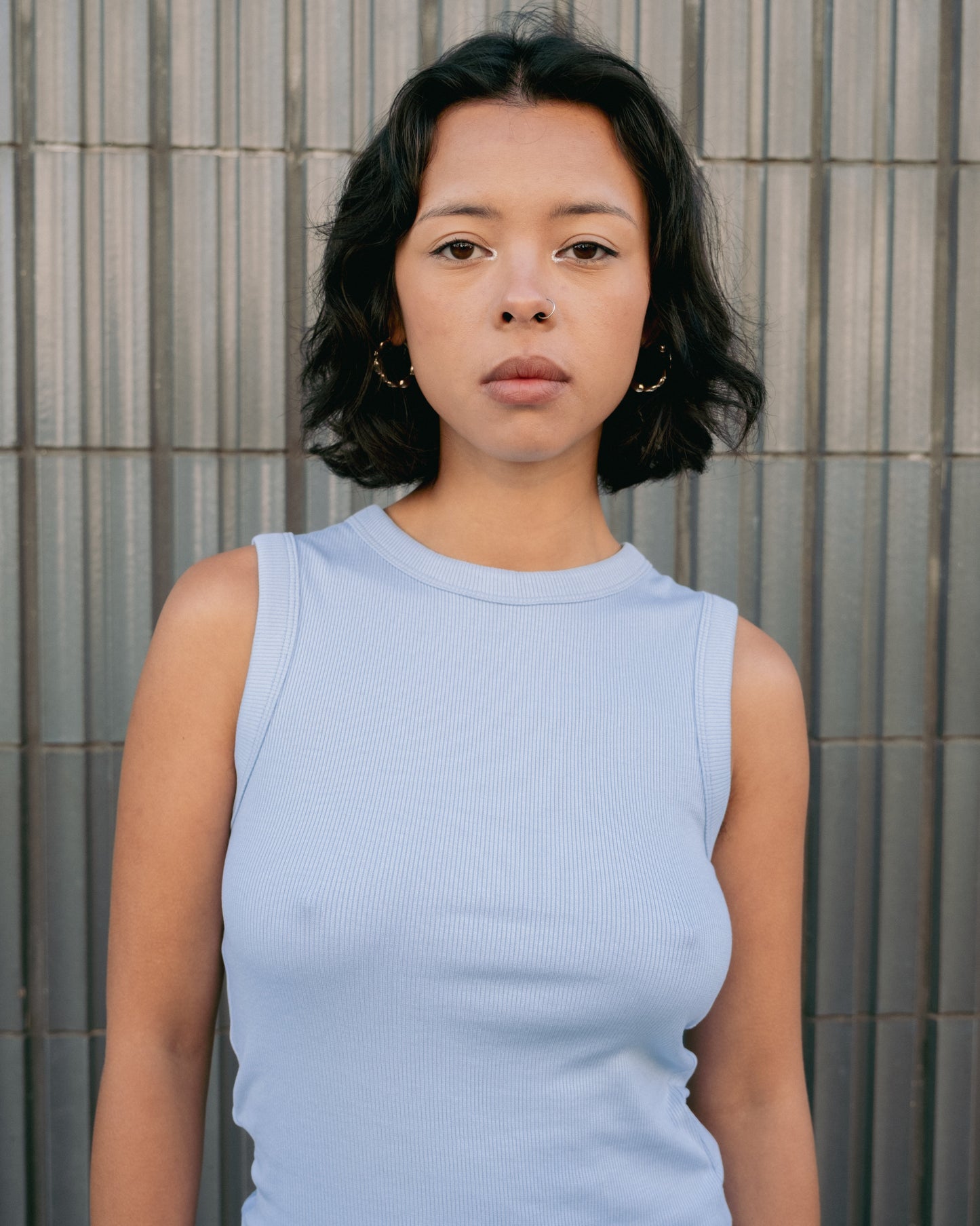
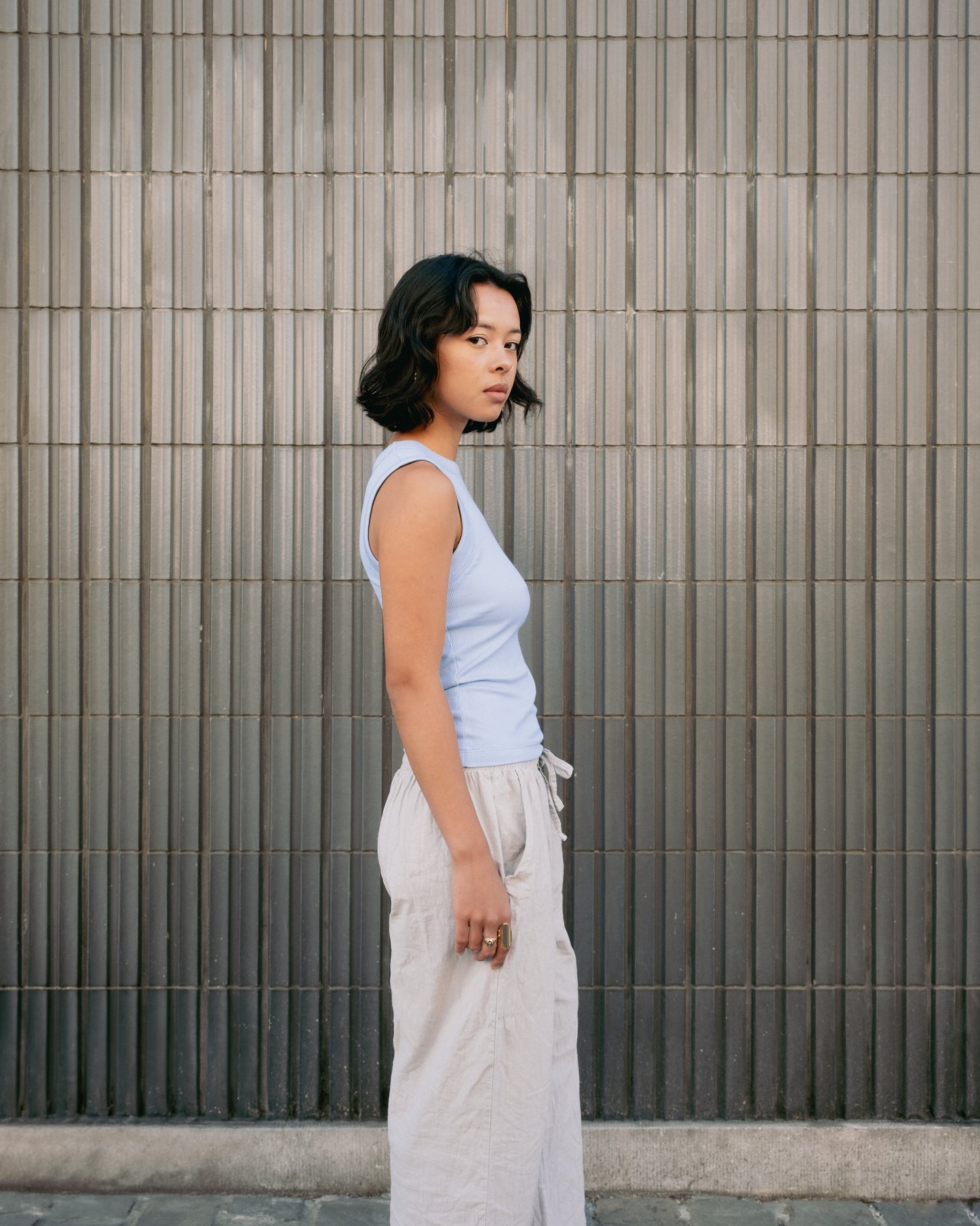
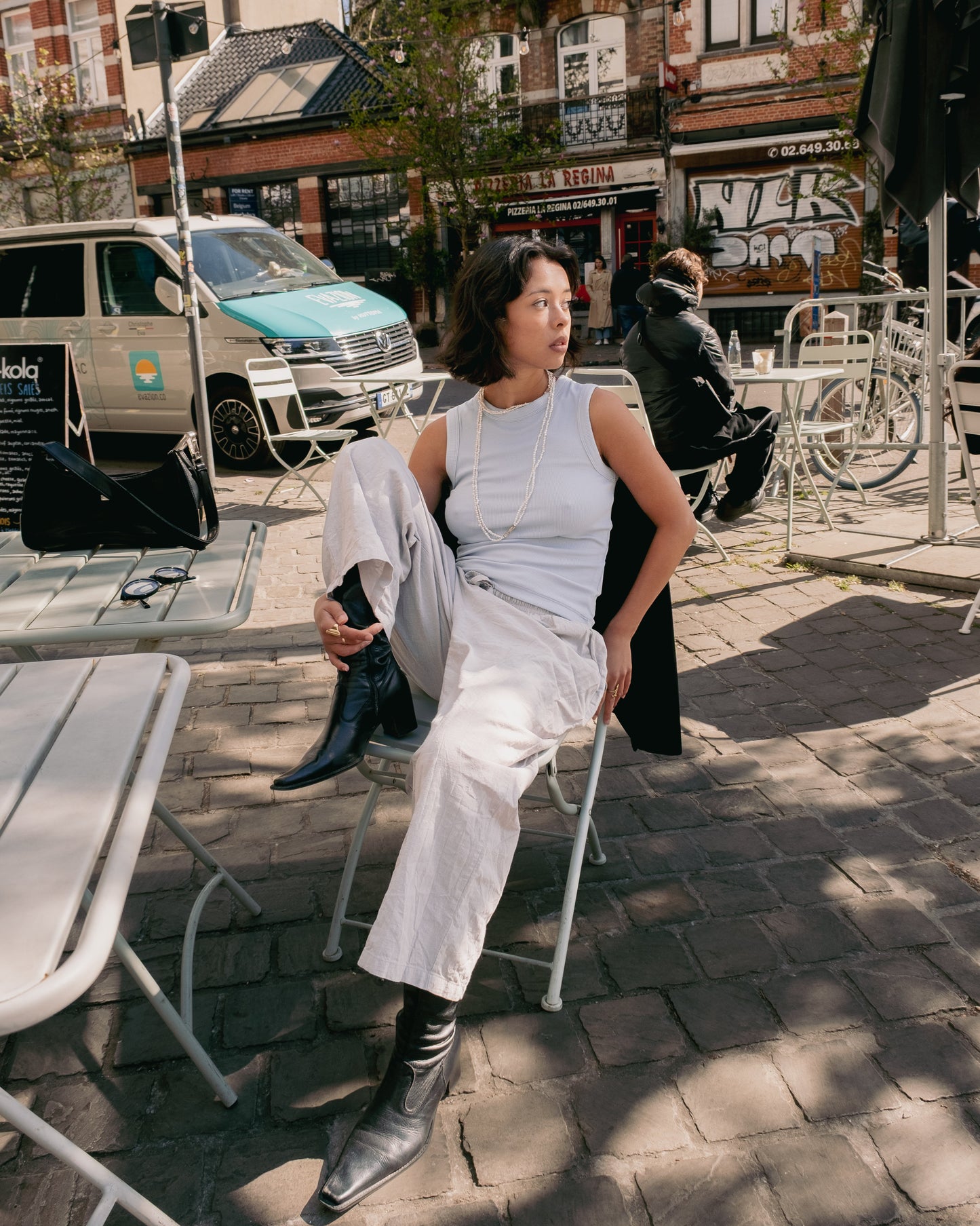
2 comments
Je possède quelques T-Shirt en mélange Mérinos/Tencel et un T-Shirt en Tencel 90%/Viscose. C’est hyper agréable et confortable. En tant que cycliste au quotidien, je transpire assez bien, là aussi, cette matière est géniale, même humide, ça ne donne pas un effet de froid, à l’inverse du coton, et tout comme la laine, cela peut se porter plusieurs jours, sans odeurs désagréables. En aérant la nuit, bien entendu.
Super article merci beaucoup !